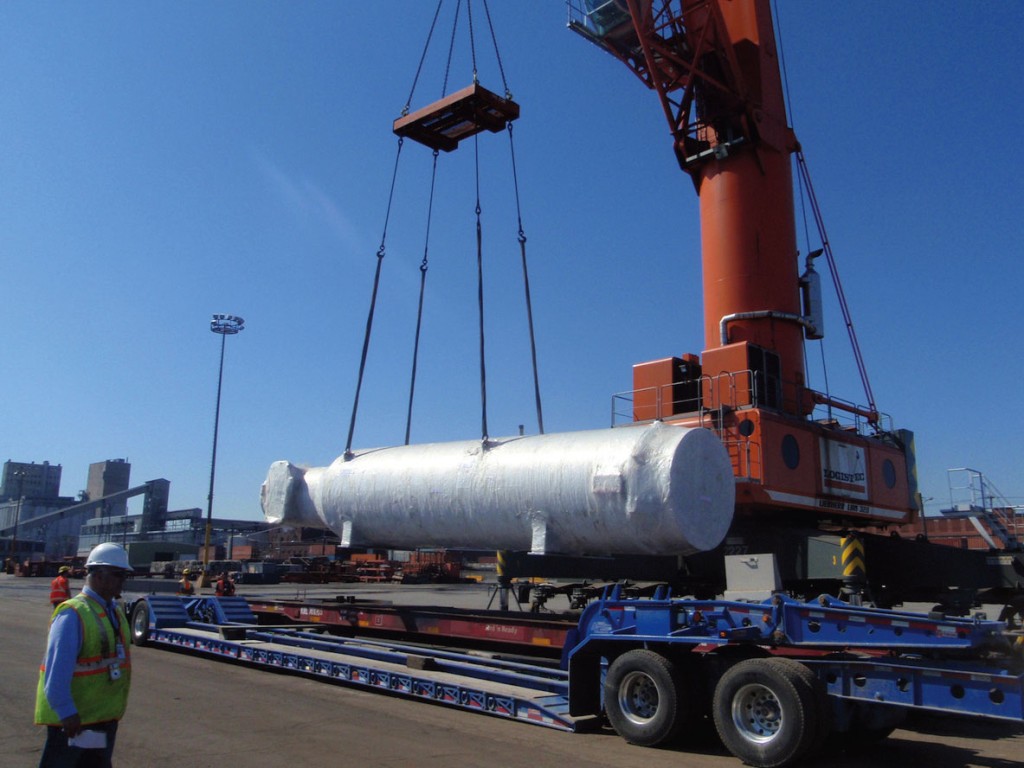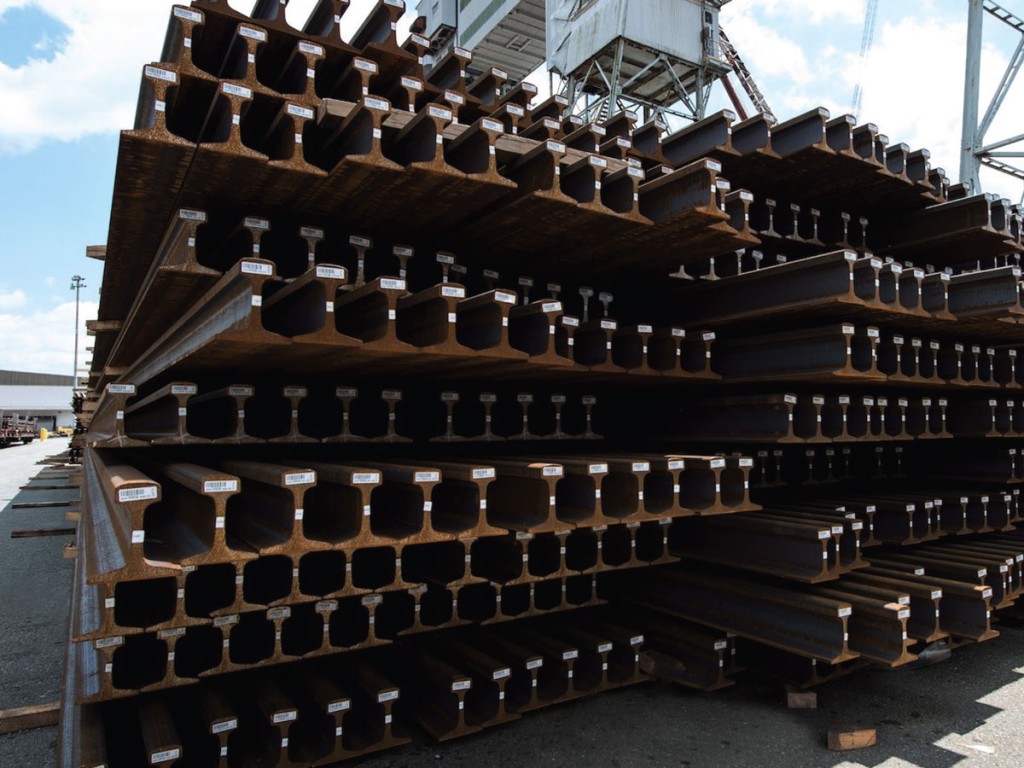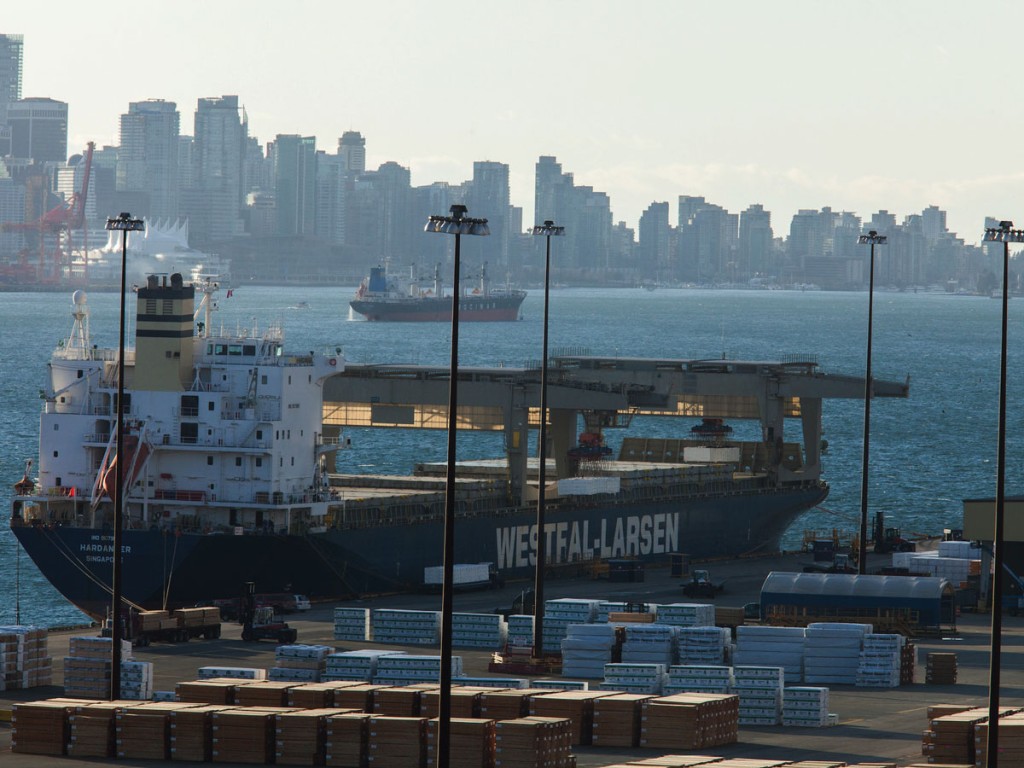As the Canadian economy engages in a pronounced post-pandemic recovery following the largest contraction for decades in 2020, so is, activity in the breakbulk sector of Canadian ports showing renewed dynamism.
In this connection, transit projects dominate the list of top 10 public sector infrastructure projects currently underway or planned. Five transit projects are on the books in and around Toronto and Montreal. Ontario has two nuclear refurbishment projects in progress. A pair of hydroelectric projects are slated for Quebec and British Columbia. And there is the massive Gordie Howe International Bridge project over the Detroit River between Windsor and Detroit.
On the wind energy front, Robert Hornung, President, and CEO of the Canadian Renewable Energy Association declare: “Canada is just starting to take advantage of its massive untapped wind and solar energy potential.”
Canada ended 2021 with 14,265 MW of installed capacity, the lion’s share situated in Ontario, Quebec, and Alberta but with new commitments coming from Nova Scotia and Saskatchewan.
Up till a few years ago, before world oil markets declined, the Alberta oilsands enterprises generated substantial shipments of heavy lift equipment. It remains to be seen what will be the impact for investments in the Alberta oil sector of soaring oil prices and supply chain concerns in the wake of Russia’s invasion of Ukraine.

East Coast Breakbulk Trends
At the Port of Montreal, breakbulk activity has rebounded strongly from the COVID-19 world onslaught in 2020. Several terminals operated by Logistec and Empire Stevedoring (Bickerdike Terminal) can handle all types of breakbulk, general, and project cargo, including out-of-gauge pieces. After declining to just over 64,000 metric tons in 2020, breakbulk volume climbed to 211,082 tons in 2021.
Logistec’s Laurier terminals in several sections of the port are specialized in handling bulk, breakbulk, project cargo, and heavy lift. Warehouses offer ample storage for such products as mineral concentrate, gypsum, fertilizer, and other commodities. The Logistics terminal in Section 98 provides a large laydown area for out-of-gauge project cargo near off-dock facilities.
As Atlantic Canada’s largest seaport (in volume terms), Port Saint John (PSJ) in New Brunswick handles a diverse cargo base which includes breakbulk.
“Located within an FTZ, recent projects have included windmills and transformers arriving via both container, and breakbulk specific vessels,” said Jane Burchill, communications, and sustainability specialist.
“On the terminal, we offer a number of different weight-bearing capacity piers, depending on the project needs, 35 acres of open area for laydown, and over 550,000 square feet of dry warehousing options,” she told AJOT.
“Come 2023, a new 2000 lbs per square foot pier will be open, providing additional options for breakbulk cargo owners. Coupled with three stevedoring options, an experienced unionized labor force, and access to competitive ancillary support services (including two Class I rail providers) PSJ ensures breakbulk owners receive a one-stop service,” Birchill said.

At the Port of Halifax, breakbulk is the main focus of Richmond Terminals and Ocean Terminals. These facilities handle substantial volumes of steel, project cargo and heavy lift. Non-containerized cargo, which includes breakbulk, is on the upswing, judging by the latest figures showing the volume of 553,809 tons in 2021 versus 385,793 tons in 2020.
Steel industry-related cargo represented a highlight of the Port of Quebec’s overall 2021 cargo throughput of 28.5 million tons – a 5.5% gain from 2020.
Situated between Montreal and Quebec City on the St. Lawrence River, the Port of Trois-Rivières has spared no efforts in the past few years to enhance its appeal as an intermodal, bulk, and breakbulk hub. Its C$130 million Terminal 21 project, which has received government funding, is the keystone of the On Course for 2020 development plan.
Multi-purpose vessels carrying wind farm components by such carriers as Spliethoff (on its Cleveland Europe Express service) are familiar sights at Trois-Rivières as they are at such other St. Lawrence waterway ports as Valleyfield, near Montreal.
Robust Steel Traffic on Great Lakes
On the Great Lakes, the Hamilton Oshawa Port Authority (HOPA) reports significant increases in finished steel for the transportation and construction sectors, and rail cargo has also doubled over the past five years. Infrastructure investments are proceeding to handle more general, breakbulk, and bulk cargo.
Last year, Hamilton Container Terminal launched a container feeder service with the Desgagnés from Hamilton to Montreal. This pilot shipment was supposed to have been followed by two others in 2021, but they did not materialize and the latest plans are to stage two shipments in 2022 before progressing to 20 sailings in 2023.
HOPA president and CEO Ian Hamilton strongly believes in competitive options for container movements through the Great Lakes amidst supply change challenges, highway, and coastal port congestions.
For its part, the Port of Toronto, a maritime hub for Canada’s biggest city and commercial centre, entered 2022 on a high note after reporting robust cargo traffic in 2021 – covering a range of bulk, project, and general cargo products totaling 2.3 million tons.
This included 185,000 tons of steel – an 18-year summit – transiting through the port to construction sites throughout the Greater Toronto Area and currently the hottest real estate market in Canada.
The Port of Windsor has come off a banner year in steel and construction materials. Steel movements climbed by 300% to some 200,000 tons.
“The amount of steel and construction materials coming through the port tells you that our country is on the build, with roads, buildings, and residential homes all under construction,” remarked Steve Salmons, CEO of the Windsor Port Authority. The port had 12 ships delivering steel in 2021 compared with two in 2020.
“We fully expect ongoing construction of the Gordie Howe International Bridge and local major road projects will once again keep steel and aggregate demand at sustained volumes,” Salmons added.
On the tip of Lake Superior, the Port of Thunder Bay touts itself as The project cargo gateway for Western Canada and its 2021 cargo performance was encouraging in this regard, with the Keefer general cargo terminal more than doubling its volume to 44,070 tons thanks to steel and fertilizer shipments making big gains. Shipments of steel rail, pipe, and dimensional cargoes included gas turbines and reactors for Western Canada projects. And 2022 looks promising with a number of large wind turbine shipments scheduled for the coming summer.

Capacity Challenges in Vancouver
On the Pacific Coast, the Port of Vancouver serves as a major consolidation centre for breakbulk cargo such as forest products, steel, and machinery.
The latest available figures show year-to-date volume in June 2021 and June 2020 totaling respectively 10 million tons and 7.3 million tons – a 36% spike.
Judging by the view of a prominent freight forwarder, however, demand has recently been outstripping terminal capacity at Canada’s largest port on handling project cargo shipments.
“Suffice it to say there is too much cargo coming into Vancouver, not enough terminal capacity, and not enough trucks to move the cargos inland,” the project forwarder told AJOT. “Finding laydown facilities for interim storage of project cargos in and around the existing port facilities is the biggest challenge faced by both terminal operators and importers.”
Breakbulk cargo is handled through one of two terminals at the port – the closest and arguably most competitive gateway for project cargo bound for western Canadian resource projects.
There is easy access to extensive road connections, as well as established corridors for overweight and over-dimensional project cargoes. CN and CP railways service on-dock rail facilities at all 29 terminals and provide service to key destinations across North America. BNSF and Southern Railway of British Columbia (SRY) links further enhance these networks.
DP World Fraser Surrey is a multi-purpose marine terminal handling containers and breakbulk commodities such as general cargo, logs, steel, machinery, and project cargo. Lynnterm is the consolidation centre for forest products, steel, and other breakbulk commodities in the Pacific Northwest. It handles wood pulp and paper, lumber, panel products, steel products, project cargo, and machinery.





